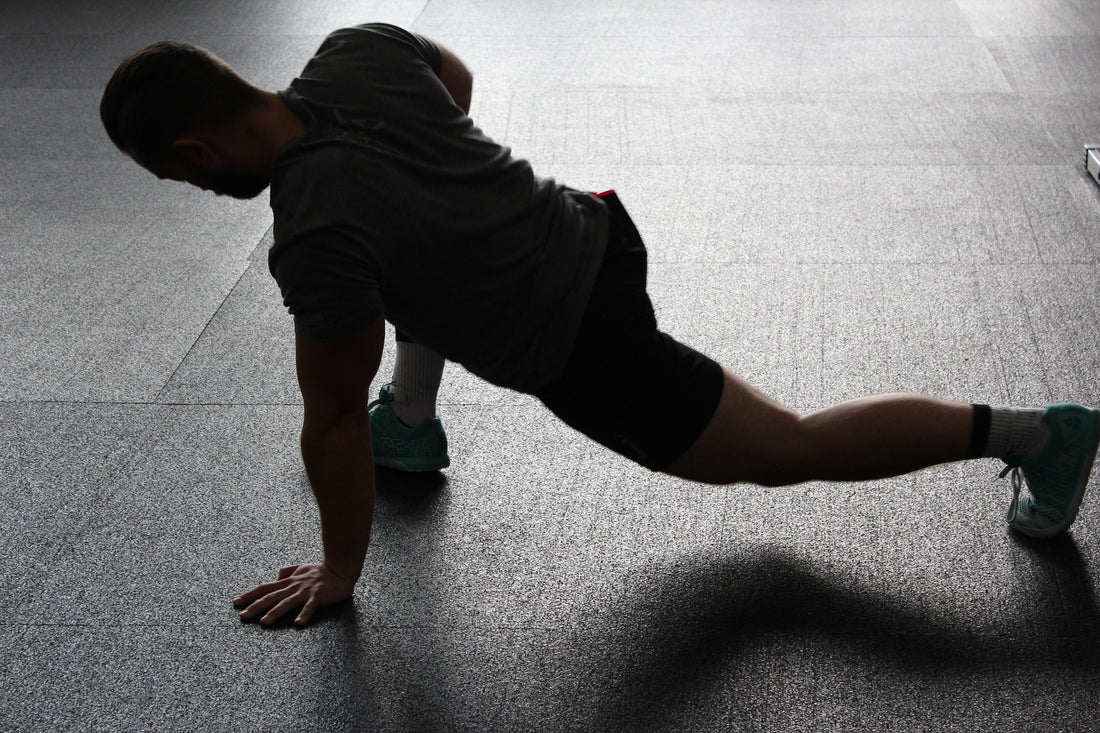
Why Should I Warm Up Before a Run?
Share

Do you need to warm-up before a run? That seems to be a no-brainer. Yet, you’ll be surprised that many people skip warming-up exercises as they want to get on with their workouts quickly.
Why is a warm-up necessary? The short answer is: to avoid injury and soreness. Running places a lot of stress on the joints and soft tissues. To help the body to adjust from a state of rest to an active state of heavy exercise, athletes should include an active warm-up routine before a workout. Often, when there is inadequate warm-up before an exercise, you may experience muscle cramps. An effective warm-up dilates your blood vessels, so that your muscles are well-supplied with oxygen. It will help raise your core body temperature, especially important in colder climates. Also warming-up will help raise your heart rate and thus minimizes stress on your heart.
So, how much time should you spend warming-up? It depends. If you’re doing a short jog, you can start with a few minutes of dynamic stretching exercises and incorporate the rest of the warm-ups in the first few minutes of your exercise, slowly picking up pace. On the other hand, if you’re doing a longer run, then apart from dynamic stretching, a 5 to 10 minutes jog should be part of your warming-up routine. The more intense the workout, the longer should be your warm-up.
Some examples of effective warming-up exercises:
- Walking Deadlift
- Knee Hugs
- Groiners
- Donkey Kicks
- Mountain Climbers
- Iron Cross
- Lunges
- Leg Swings
Jason Fitzgerald, a USATF running coach, 2:39 marathoner, and founder of Strength Running, has put together a video of a 10-minute routine on the above warm-up exercises. Thanks to Jason, we’re able to share it with you here:
After a rigorous exercise, do you feel like simply sitting down or heading straight home and downing a big glass of ice water? Well, spending a few minutes of cooling down is equally important too. Especially after a run, your heart rate will still be much faster than when you're at rest. Further, your body temperature is still elevated. Cooling down helps to ease your body down instead of abruptly stopping all motion. If you stopped exercising suddenly, blood circulation may slow suddenly too. When that happens, you may experience light-headedness or even faint. A cool-down allows your body to gradually return to a pre-exercise state.
Similar to a warm-up exercise, cooling down can simply be reducing the pace of your exercise during the last few minutes of your workout. For example, after a run, use the next few minutes to jog or brisk walk. Then, include some dynamic stretching as you did during the warm-up.
So, next time, be sure to incorporate a warming-up and cooling-down routine in your exercise. They will not only prevent injuries but may also aid in your performance.
-------------------------------------------------------------------------------------------
Feeling stoked to run outside? Be sure to take along a pair of Sunday Shades with you. Sunday Shades come in a wide range of fun and cool colours that will surely match your outfits. These super lightweight, no-bounce and Asian-fit sunnies come standard with UV400 protection and are polarized. Check out the full range here.
